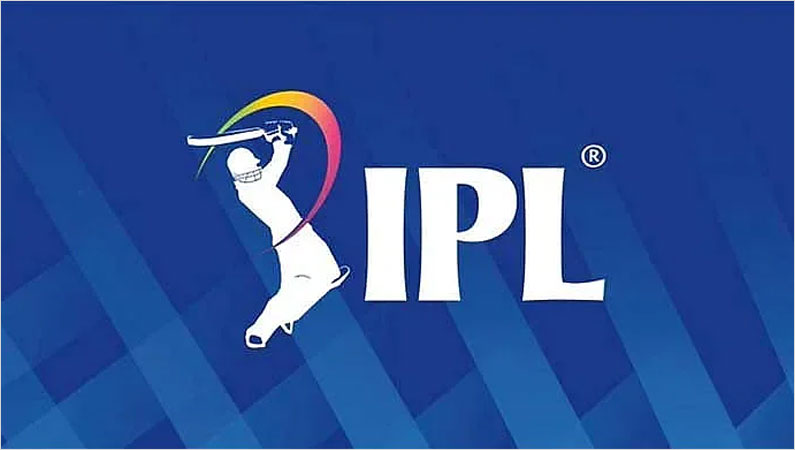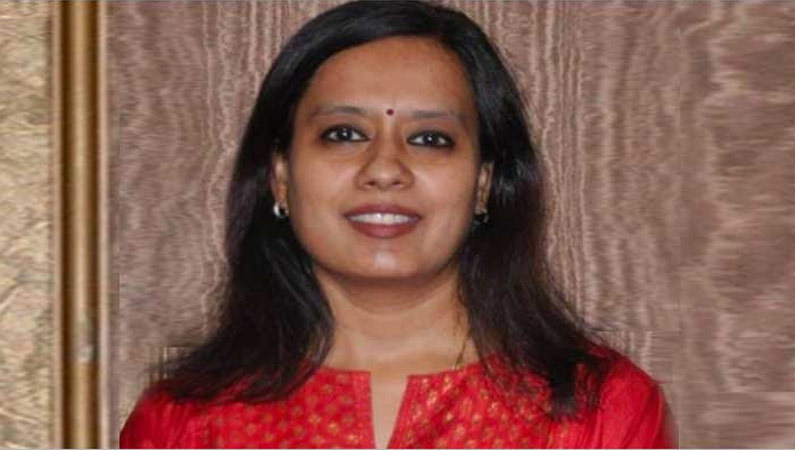Technology is all pervasive in our times and so is digitization - dynamism is the hallmark of both. Some refer to it as Digitalisation and some Digitisation. The difference in my mind has been a struggle. I have simplified it to understand that Digitalisation refers to business transformation involving processes and tools impacting revenue and Digitisation is moving from analog to digital and a way in which information is transmitted. So, can we resolve that Digitalisation is more inward and Digitisation is more outward? Technology is not just part of our everyday life it is practically the backbone of every industry too, from manufacturing to retail, from entertainment to education and to marketing of a product, brand or organisation. In search of the Right Balance From Digital media contributing to 10% or even lesser of marketing budgets today it goes to as high as 85%. The definition of marketing has advanced significantly over the last few years and are now in the phase of ‘Marketing 4.0’. An era that has moved in its entirety, from the traditional to digital ways of influencing and doing business. Having said that it is constantly about striking the right balance between offline and online modes of communication. Interestingly while creating this balance comes the new age of multi-screen marketing: TV & smartphone. Both trying to influence the customer sequentially clearly mapping out the customer journey and actions Moving away from the traditional ways of influencing and nurturing audience, digital channels have made marketing far more intense, effective and result oriented. With various tools available as options, including social media, digital networks, electronic direct mailers, mobile advertising, SEO, SEM, drip marketing and In-app communication, marketing can be as robust as one would like to make it. Marketers today are playing the role of not just influencing and building an awareness but also an irreplaceable business tool. After facilitating an initial handshake with customers Marketing today plays a vital role in nurturing that relationship to revenue closure. Owing to Digitisation there are marketing automation tools which track progress of communication and inclination to buy, recommendation engines help influencing customers at the right time This then brings me to the most debated argument about how Marketing needs to change in a B2C environment vs a B2B company. The fundamentals of marketing do not change, the intent of marketing remains intact, the application of the marketing tools remain, the processes leading up to an effective marketing campaign is the same. What changes is the messaging, target segment influences and the decision-making period. B2B marketing in the digital era – From Brand to Order Demonstrating the Return on Investment of Marketing spends in a B2B environment needs special attention owing to complex decision-making periods. The more there is a record of proven ROI the more budgets get allocated. The measurement needs to be assessed at various levels of impact: Brand, Digital Connections and Revenue. With digitisation ROI measurement should be trackable but needs to be looked at through a game changing lenses. Some of the interesting ways for B2B companies to drive measurable marketing: (i) Brand: Given that the impact the Brand has on a daily basis can be measured through tracking social listening and social conversations. Companies today have relative (to competition) scores attributed to this which keeps the pressure on brand salience (ii) Partner Relation Management (PRM): For a B2B organisation forming a robust ecosystem of partners, distributors and channel forms a critical Go-To-Market model. Therefore, a structured PRM portal forms the backbone of any business-to-business firm. The digitised portal can operate in the form of the age-old Customer Relationship Management (CRM) methodology, making a robust and strong partner eco-system, further working on a strong sales pipeline. (iii) Impact on Revenue: Another classic argument is who really played the most critical role in the order. Was it influenced by sales or marketing. Who should the success be attributed to? In these situations, I am constantly reminded of the adage: Success has many fathers and failure is an orphan! Digital tools allow marketers to look at the various stages of the order and influence the closure through powerful, real-time messaging (iv) Marketing Generated or Marketing Influenced: Real time measurability through data analytics is one of the revolution and power to marketers...Owing to this marketers can laser zoom into deep assessment of orders which were influenced, generated, nurtured by marketing /marketing campaigns vs the campaigns which helped play the role of powerfully influencing the decision maker and order nurturing and fulfilment takes places through other channels (v) Content Marketing – Content is king and Distribution is Queen. Content has become the soul of marketing activities. Good content with the right keywords is the need of the hour for B2B marketers. There is no set formula for marketers: Try, Experiment, Learn and Adapt While technology is defining the segment in an unprecedented way, it has however, not replaced the true meaning of marketing. At the centre of the marketing universe lies the consumer/customer. Whether we look at offline or online or a hybrid model it goes back to answering a few fundamental questions revolving around the customer pain points and need gaps, ways to keep the brand alive and finally why should they believe a brand among others Let us not try to change the basics of marketing, let us not get carried away by buzzwords. Let’s bury our heads in the ground and listen to what the customer is looking for. Being disciplined about this can change the game forever. Bidisha Nagaraj, CMO, Schneider Electric India










